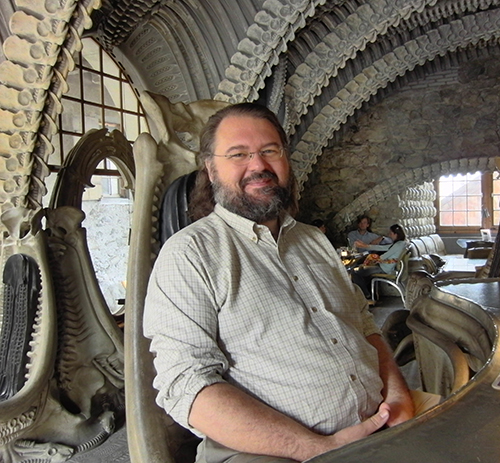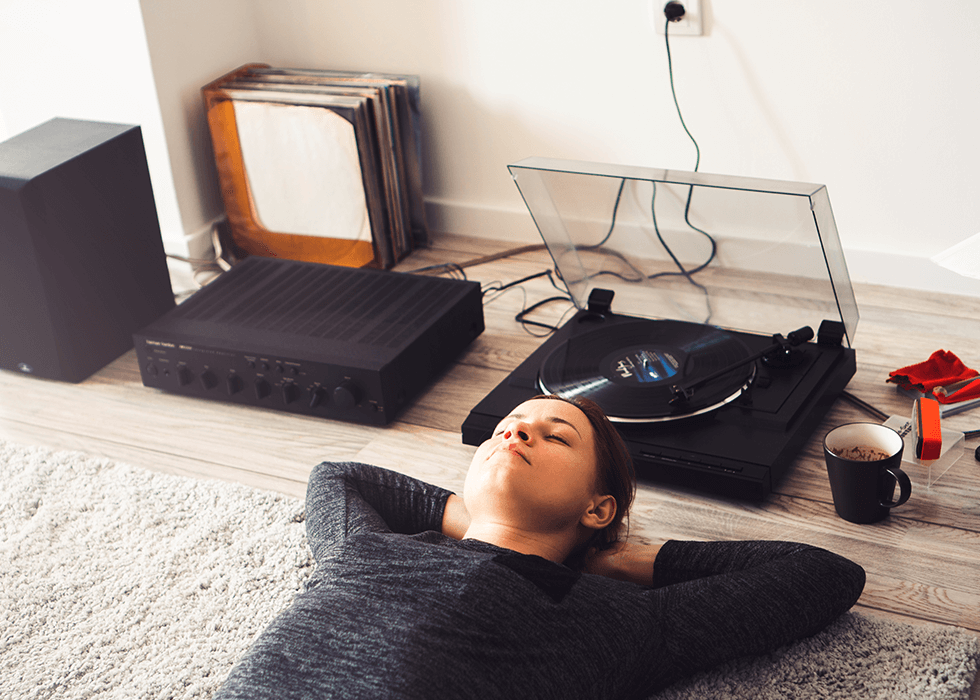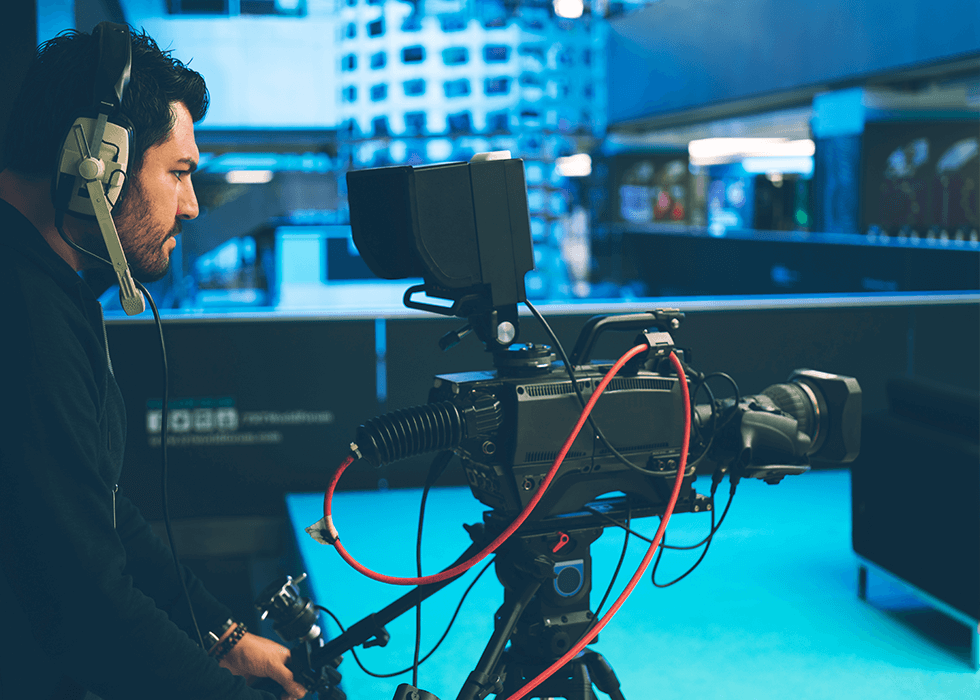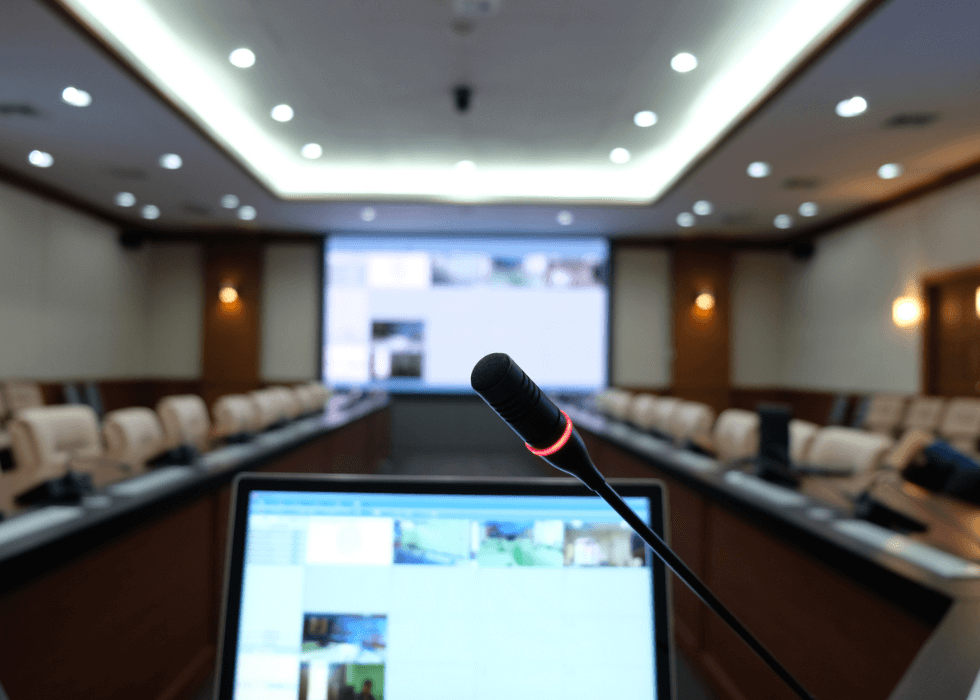Busting Myths About Sound: Roger Schwenke on Ducks and Crystal Glasses
Meyer Sound’s Roger Schwenke earned the title “Honorary Myth Buster” a year into his career when his acoustic prediction and measurement chops were tested on the popular Discovery Channel TV show Myth Busters. After appearing as the acoustics expert on a 2002 episode that set out to bust the myth that a duck’s quack has no echo (it does, it’s just much quieter than a hunter’s shotgun, he confirms), Schwenke went on to appear on five more episodes, and consult on a seventh.
 “It was on my third episode that they started to refer to me as the Honorary Myth Buster,” he says. That episode examined the time-honored trick of smashing a wine glass with sound.
“It was on my third episode that they started to refer to me as the Honorary Myth Buster,” he says. That episode examined the time-honored trick of smashing a wine glass with sound.
“I remembered from when I was a kid, I listened to a metal band called Nitro, and the singer learned how to break wine glasses with his voice. When I told them that, the show’s producers tracked him down and got him to reveal his secret formula: a 12-inch woofer and a 2-inch hole, that’s all you need to break the wine glass.”
Testing the Theory
On a promo segment for Myth Busters on Good Morning America, a contest was set up to determine whether a heavy metal singer and an opera singer could break the glass. Nitro’s front man had (at the time) retired, so his protégé, a singer called Jaime Vendera, was enlisted and the test was set up.
“I’m thinking about this 12-inch woofer and a 2-inch hole, and knowing that it’s a compromise to make the loudspeaker louder: By confining the air in front of the driver, it causes distortion and as a result it’s also louder,” explains Schwenke. “Meyer Sound makes good loudspeakers, so I’m thinking I can bring a big enough loudspeaker to do this. I kept trying bigger and bigger speakers, and I experimented with all these different types of waves and it just wouldn’t happen. I didn’t get it. Finally, I got some plywood with a 2-inch hole in it, and put it in front of a 12-inch woofer and blam, the glass blows up! It turns out the distortion was a necessary ingredient.”
Once he’d proved that the speaker could break the glass, it was time for the singers to try. Not so simple, remembers Schwenke, as glasses aren’t “tuned” to a precise note so it was hit and miss whether the singers would find the exact pitch that would make the glass resonate and crack.
“There was one opera singer who broke four glasses in a row, effortlessly. So, she was chosen to be on the Good Morning America segment. And the heavy metal singer was doing 50-50. But when the cameras rolled, the heavy metal singer was the only one who broke the glass.”
Later, when they filmed the Myth Busters episode, which was partly recorded at Meyer Sound’s theater, the heavy metal singer surprised all with being able to break the glasses unamplified.
“Afterward, he went on to publish books, teach voice, and do other performances and appearances.”
Sound Choices
Schwenke learned several things from his experience on Myth Busters, including that ducks generally don’t quack when they’re afraid, so sending in a bunch of handlers to attempt to make them quack isn’t going to cut it.
“Back then, audio took up a lot of space, and it took us two days of recording to finally get a noise out of them. If I was doing it today, I would attach a wireless tie-clip mic to the ducks, then they could happily quack to their heart’s content without being freaked out by the scientists!”
He also learned that opera singers take a dim view of having their voices amplified, but given the choice of that or a shard of glass flying into their throat and potentially ending their career, they came around.
Day Job
When he’s not busting myths about sound (See him in action here.) Roger Schwenke is Senior Scientist at Berkeley, California-based Meyer Sound working on acoustic prediction and measurement. He was instrumental in the development of the company’s Constellation active acoustic system, which provides adaptable acoustics for a wide variety of spaces.
“I like to say I spend 90 percent of my time on Constellation, and 50 percent of my time on everything else,” he says.
That “everything else” includes developing design guidelines and the tools used to measure and program brand new systems after they’re installed, and, among other things, working on air attenuation compensation, beam forming, and research on speech intelligibility.
Putting it All Together
With Standards
Working on large sports installations, he says, has brought him closer to the field of standards, particularly in relation to sound pressure levels of PA systems.
“There really isn’t a standard way of comparing the headroom of different sound systems. You’d get all these different companies bidding on the sound system of a space, and they all measure their products a different way. So that was one of the major contributors to my participating in the headroom portion of the Dynamic Range in Audiovisual Systems standard,” says Schwenke, explaining that this standard in its early development phase is of potential benefit to manufacturers, consultants, and end users as it allows them to compare like with like, but with flexibility built in.
“It lets a consultant specify a system in detail, such as the frequency range, SPL, and what kind of test signal(s) should be used. But it also lets an end user simply say, ‘I want a sound system that conforms to the AVIXA Dynamic Range in Audiovisual Systems standard for speech’ – or for music with a high background noise such as a sports arena, or a low background noise like a church – and it will specify a reasonable system.”
The standard is still in the early development stage, with a first draft and a small working group. Stay tuned for more news as the task group’s work progresses.
“It’s going to help venues get something that is appropriate for them, and get to choose between things that are actually comparable. Instead of a situation where every different device has a spec sheet that has completely different things on it.”
Schwenke hopes that if enough consultants support the standard, it will incentivize manufacturers to measure their devices to the standard and make that data available to the consultants, thus eventually improving the overall quality and appropriateness of systems for end users.





